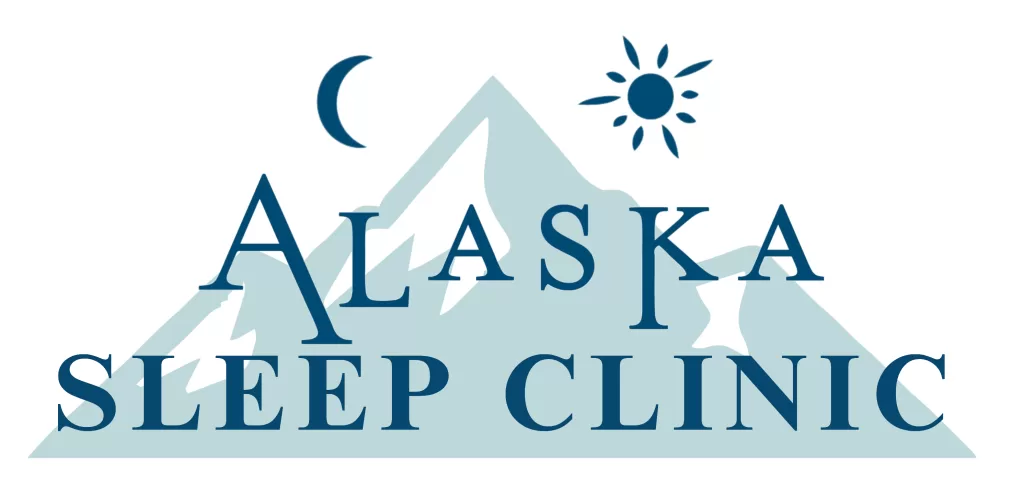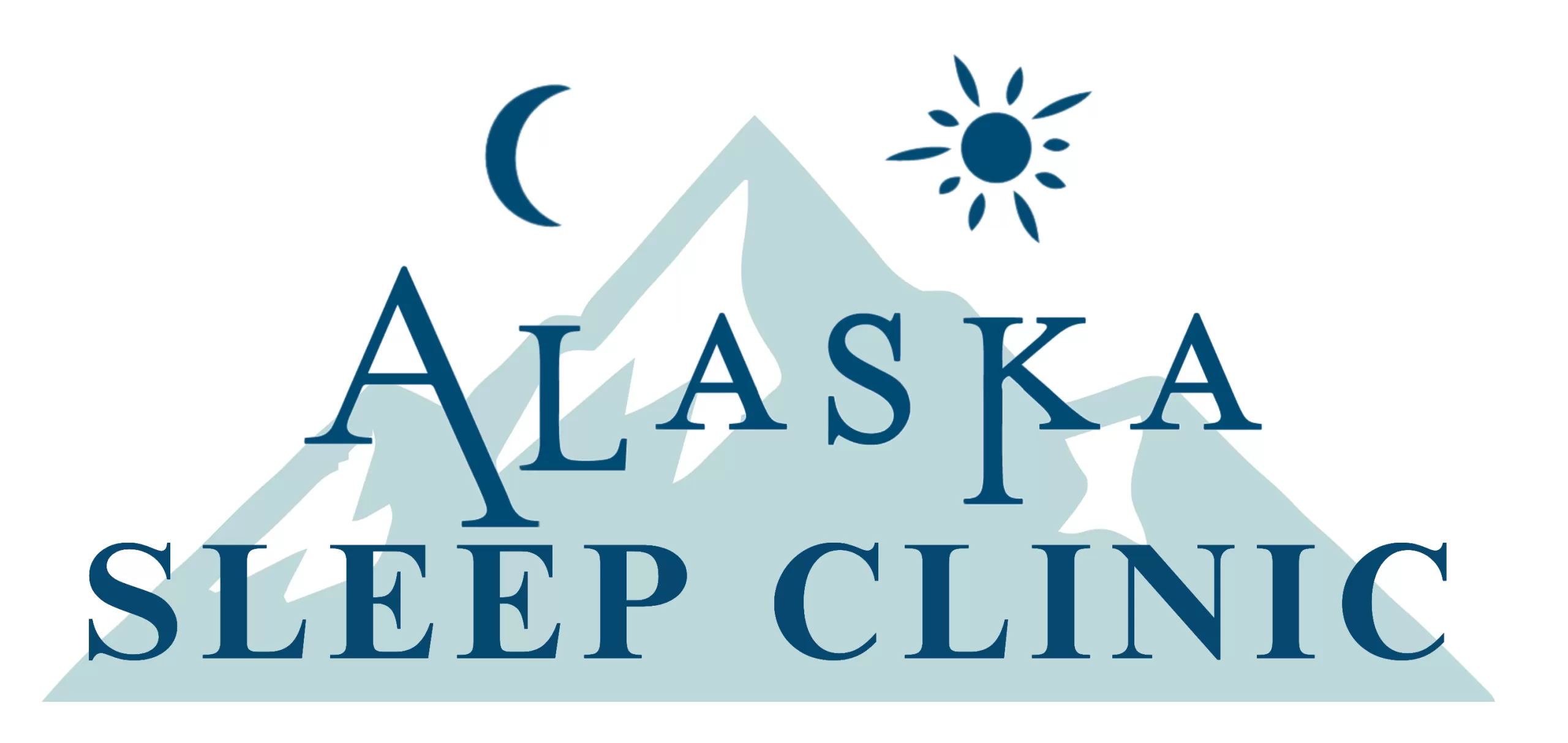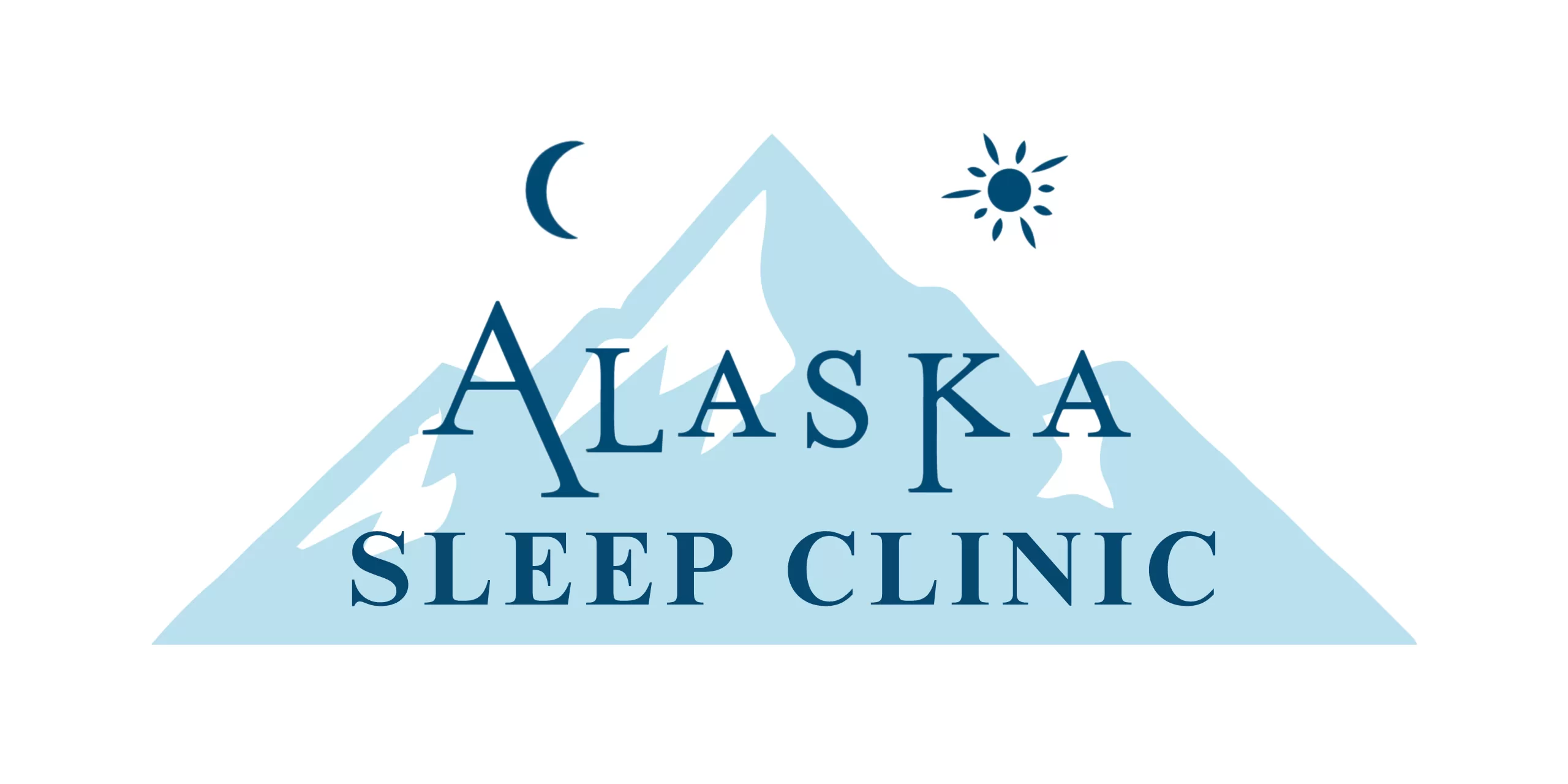A new study has reported that sleep apnea in truck drivers can be particularly dangerous.
According to a press release by the American Academy of Sleep Medicine, truck drivers who fail to get treatment for obstructive sleep apnea “are a public safety threat on U.S. roadways.” Weighing 20-30 times as much as passenger cars and needing 20-40 percent more road space to stop than cars, trucks are already a significant threat to other vehicles on the road, killing 3,660 people in 2018.
Fatigue is already known to be an issue for these drivers, as they are often encouraged to drive long hours to meet delivery demands. Now we know that sleep apnea, which can greatly exacerbate fatigue, is potentially a deadly condition for truckers to have if they aren’t adhering to appropriate treatment regimens.
Non-Compliance with Sleep Apnea Treatment Increases Risk of Truck Accidents

For the study, the researchers gathered data from the obstructive sleep apnea screening, diagnosis, and treatment problem implemented in 2006 by the North American trucking firm, Schneider. The study involved 1,613 truck drivers with the condition and an equal number of controls. The drivers with sleep apnea were prescribed continues positive airway pressure (CPAP) therapy that they could use both at home and on the road in the truck sleeper berth.
Internal memory chips installed in the CPAP machines tracked whether the drivers actually used them as directed.
Results showed that among drivers who failed to adhere to treatment, the rate of serious, preventable crashes was five times higher compared to controls. Those drivers who regularly used their machines had a crash rate similar to controls without sleep apnea.
“The most surprising result of our study,” said lead author Stephen V. Burks, Ph.D., “is the strength and robustness of the increase in the crash risk for drivers with sleep apnea who fail to adhere to mandated treatment with positive airway pressure therapy.” He added that the study results support the establishment of obstructive sleep apnea screening standards for all drivers through the commercial driver’s medical exam.
Should Drivers be Screened for Sleep Apnea?
Though CPAP therapy is highly effective, many people have trouble using it. According to the Alaska Sleep Education Center, while an estimated 18 million Americans suffer from the condition, one study found that 30-50 percent don’t like using the CPAP masks and machines, whereas another survey showed that about half of patients stopped using the device within 1-3 weeks of it being prescribed.
There are other options, such as oral and nasal appliances, surgery, and modifications of the CPAP method. Non-compliance is dangerous for the patient, as sleep apnea, left untreated, has been linked to an increase in risk for daytime fatigue, weight gain, heart disease, type 2 diabetes, liver problems, cancer, and even mortality.
We already knew that non-compliance increased risk of car accidents, simply because of daytime fatigue and slower reaction times, but this study has added more evidence for that conclusion in truck drivers, specifically. Screening has been recommended in the past, but so far it is not mandatory. Current federal regulations require only that drivers report symptoms during a biennial medical examination.
Workplace Fatigue Cost Calculator
Sleep Apnea in Truck Drivers can be Dangerous
You are probably aware of the serious health risks that accompany sleep apnea such as high blood pressure, heart problems, and stroke. But did you know that being a truck driver who has sleep apnea adds a new level of danger to an already risky sleep disorder?
A new study by the American Academy of Sleep shows that untreated sleep apnea in truck drivers is particularly dangerous to not only themselves but also other passengers on the road.
Micro-sleep and Apnea

Truck drivers have grueling schedule of driving as they try to meet the demands of their delivery schedule. The fatigue that comes with driving long hours is no stranger to truckers.
With fatigue comes an increase of accidents. In order to combat fatigue related trucking accidents, federal law mandates a rest time of at least ten hours after driving a maximum of eleven hours during a fourteen hour shift.
Rest can go along way to refreshing a trucker so that fatigue isn’t a danger. Untreated sleep apnea in a trucker can make it as if they never slept at all.
Sleep deprivation is a common symptom of apnea; it makes sense if you think about it. Apnea occurs when your breathing is repeatedly stopped and restarted while you sleep.
With sleep apnea, your body fails to get enough sleep as you aren’t able to rest from all of the restlessness that comes from struggling to breath. Microsleep is one of the biggest dangers that comes from not getting enough sleep from apnea.
Microsleep is a temporary episode of sleep that occurs for a fraction of a second up to 30 seconds. When you are fatigued, your brain often tries to compensate by shutting down for short periods of time. Microsleep generally happens without warning and you often don’t even know you have just nodded off.
When you are tired, certain parts of your brain actually begin to fall asleep even though you are technically awake. Our bodies are designed to function on adequate and quality sleep.
Your brain will go into defense mood when you fail to get the sleep you need. During microsleep, your state of awareness is temporarily disabled until your body notices what is happening and wakes us up again.
You might not even be aware you are experiencing mircrosleep. During microsleep, certain parts of your brain while other parts shut down, or sleep. So even though you think you are awake your brain is not functioning at its full capacity.
For truck drivers, involuntary sleep, even if just for a few seconds, can prove to be dangerous and even fatal. Most trucks weigh 20-30 times as much as a regular passenger car and need 20-40 percent more road space to stop.
If a truck driver was traveling at 70 mph and microslept for just six seconds, they would travel roughly 656 feet. In that time, they would have had the space to change lanes, cross over to the other side of the road, or pass through a red light or a stop sign. Just six seconds is all it takes for a truck to be involved in a tragic accident.
The sleep deprivation leading up to the microsleep also affects your reaction time, judgment, and your decision-making skills. Lack of sleep can cause you to feel stressed and impatient, which leads to recklessness and a drop in your performance.
CPAP Treatment Noncompliance
The study showed that biggest risk was truck drivers not following through with CPAP treatment. Truckers who failed to use their CPAP machine were five times more likely to be in a serious and preventable accident.
Truck drivers, more than any other occupational group in America, have a higher incidence of obstructive sleep apnea. This is because that most truck drivers lead a sedentary lifestyle and have a tendency toward a higher body mass index (BMI).
A higher BMI is linked to an increased risk for developing a dangerous sleep disorder like apnea. Other risk factors for sleep apnea include:

- Obesity
- High BMI
- Heavy snoring
- Large neck circumference
- High blood pressure
- Diabetes
- Male
- Middle to older age
- Smoking
- Alcohol or sedative use
- Difficulty breathing through the nose
Truck drivers also have a higher rate of not complying with recommended CPAP treatment. One of the biggest reasons why truck drivers don’t use CPAP is because of the difficulties in using a CPAP machine on the road.
Noncompliance not only leads to an increased risk of accidents for truckers but it also ups the risk for daytime fatigue, weight gain, heart disease, type II diabetes, liver problems, cancer, stroke, and even death.
There are multiple options that would allow truck drivers to comply with CPAP treatment while staying safe on the road. The best bet for truckers is to use a travel CPAP machine.
Travel CPAP machines are designed to quiet and to be portable, both of which are important to truckers on the road. A big concern for truckers is how to power a CPAP machine while on the road. There are some models that can plug into a car or truck and draw its power from the vehicles power source.
The problem with this method is that a truck’s primary battery is often unable to power a CPAP machine for the entire time of a 10-hour rest cycle without risking the truck to not start in the morning. The motivation to use a CPAP will be low if you can’t start your truck in the morning.
Most of the newer models of CPAP machines get rid of this problem by having separate batteries. All CPAP machines can operate on DC power with the use on an inverter. Inverters do require a lot of power to run. In you need an inverter to run a machine, you will probably use up half of the battery life.
You can purchase small, portable battery packs that will run your CPAP machine for at least hours before needing to be recharged. Having a battery that last eight hours before being recharged can still be troublesome for most truckers.
The solution would be to use a deep-cycle marine battery to power your CPAP machine. A deep-cycle marine battery is designed to last longer than a regular battery. A CPAP machine running on a deep-cycle battery can last an average of three nights before it needs to be recharged. Double check with your CPAP supplier to see if your machine is compatible with a deep-cycle marine battery.
The ease of a longer lasting battery that doesn’t require you to run your engine all night can make it easier to use CPAP while trucking. The small and lightweight portability of travel CPAP machines combined with a longer lasting battery can help any trucker feel at ease while recharging themselves through quality and safe sleep.
As the most comprehensive sleep lab in Alaska, Alaska Sleep Clinic is reaching out to you to be proactive in making our roads safer for all Alaskans. If you want to know more about safety for truckers with sleep apnea, call us today for an evaluation.












